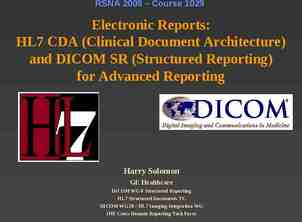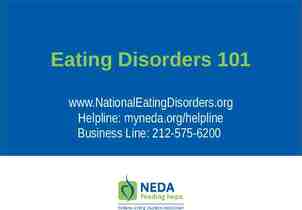Prevalence of Students in Special Education NATIONAL ASSOCIATION
8 Slides42.50 KB

Prevalence of Students in Special Education NATIONAL ASSOCIATION OF SPECIAL EDUCATION TEACHERS

Prevalence Prevalence-The TOTAL number of individuals with a particular disability currently existing in the population at a given time. Prevalence is expressed as a percentage of the population exhibiting a specific exceptionality. e.g., if the prevalence of learning disabilities is estimated at 5% of the school age population, then we can reasonably assume that 5 out of every 100 students evidence a learning disability.

Prevalence According to the US Dept of Education, approximately six million U.S. students (5,541, 166) between 6 and 21 years of age receive special education services

Prevalence-The Big Four (90%) LD # of Children Percentage of Total 2,817, 148 Spch & Lang 50.84% 1,074, 548 MR 611,076 11.02 ED 463,262 8.36 19.39%

Prevalence-The Other 10% OHI 220,831 3.98 Mult Disab 107,763 1.94 Hear Imp 70, 883 Orthop Imp VI, Aut, DB TBI, DD 1.27 69, 495 1.25 --- 1.5

Facts About Children with Disabilities # of children has grown every year since a national count was begun in the 1976-1977 school year Children with disabilities in special education represent approximately 9.0% of all children in school Approximately 90% of all children and youth receiving special education are reported under 4 categories (1) LD; (2) S & L (3) MR & (4) ED

Facts About Children with Disabilities In the general education population, males and females are enrolled in equal proportion About twice as many males as females receive special education

Facts About Children with Disabilities What about children birth through 5 years of age? IDEA addresses their needs in a separate section of the law. In the general population, 206,000, or about 2%, of U. S. infants and toddlers (birth to 36 months) receive early intervention services And almost 590,000 preschool children (ages 3 through 5 years), or approximately 5% of the U.S. preschool population, received early childhood services.






